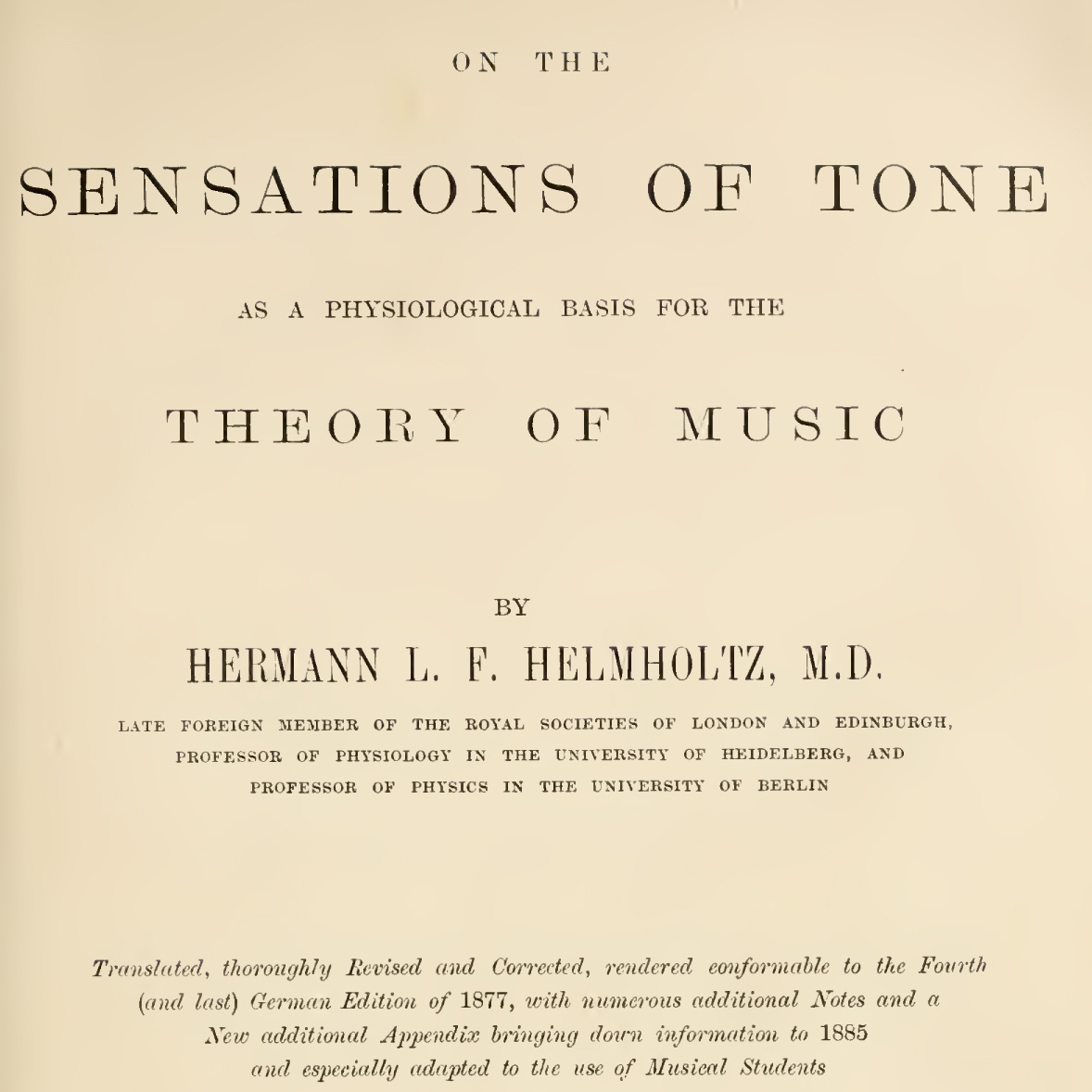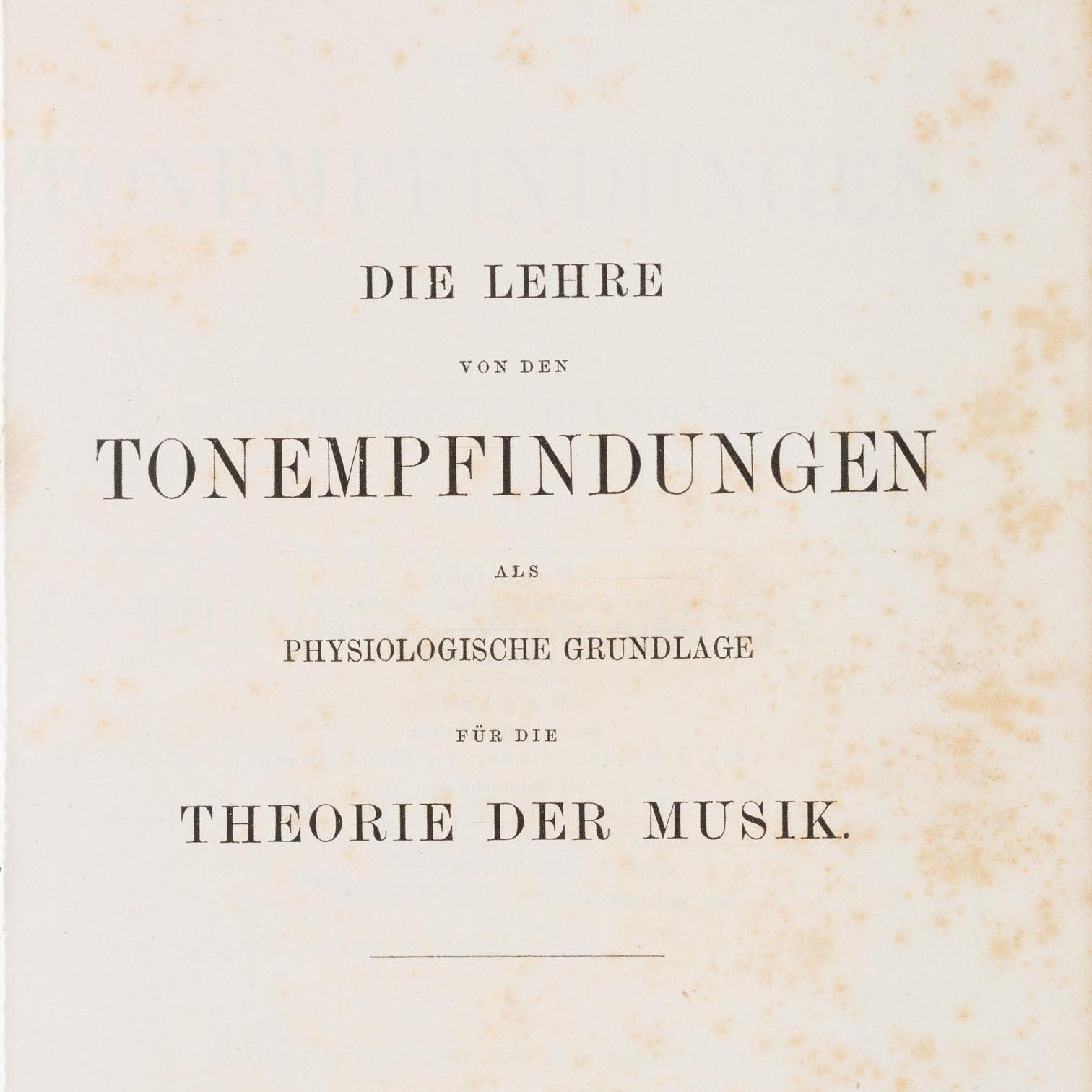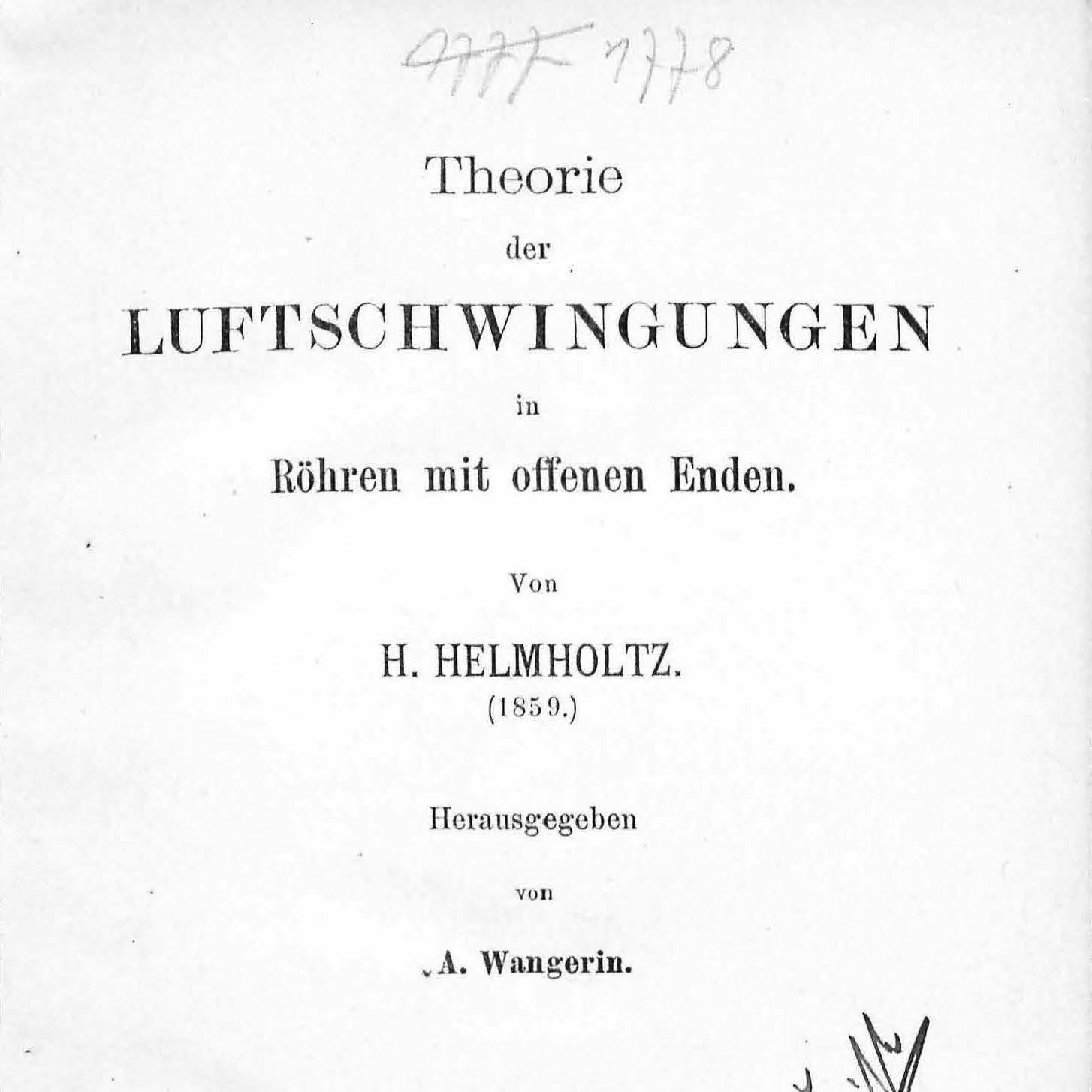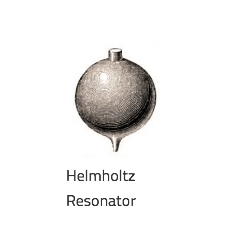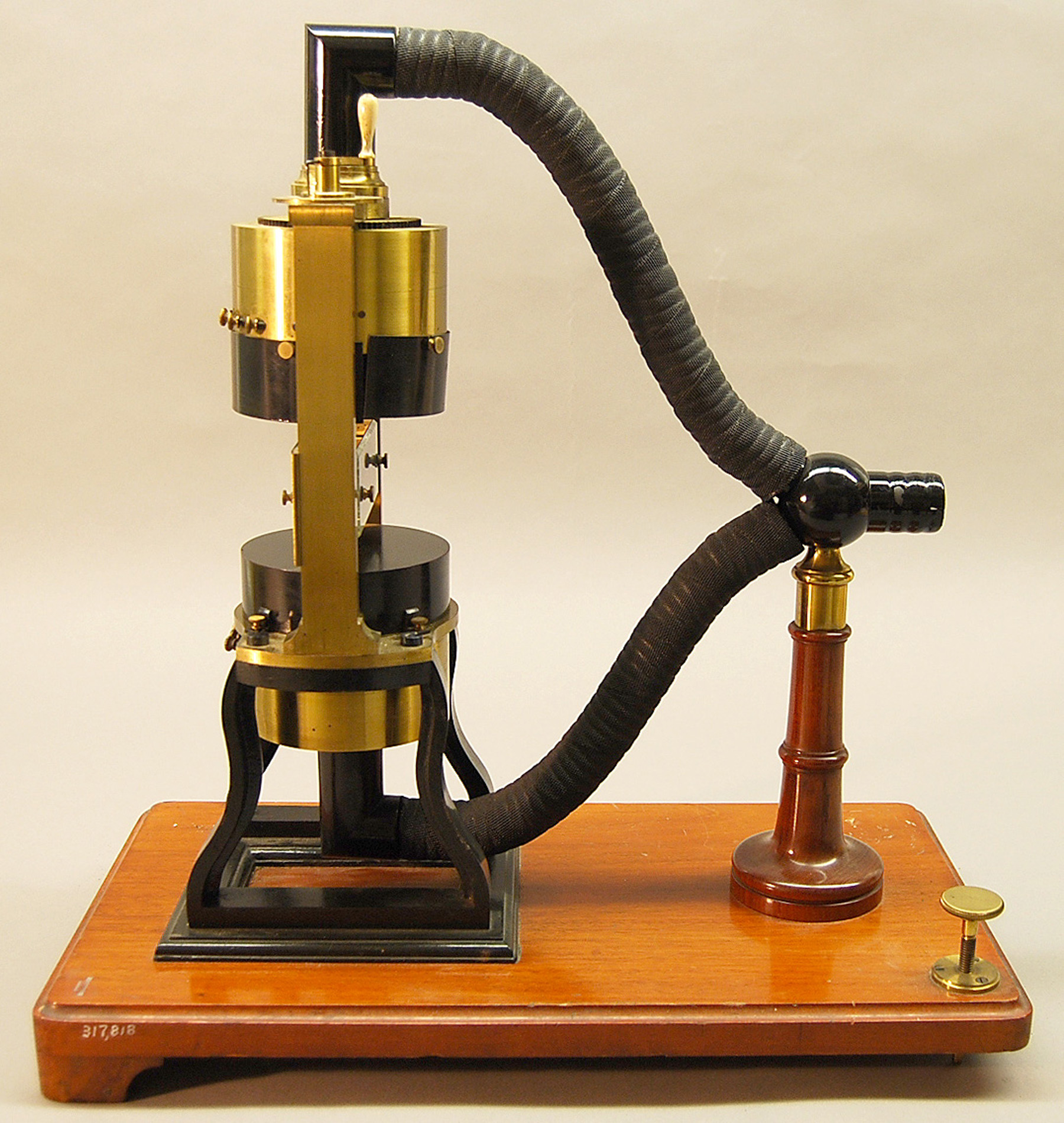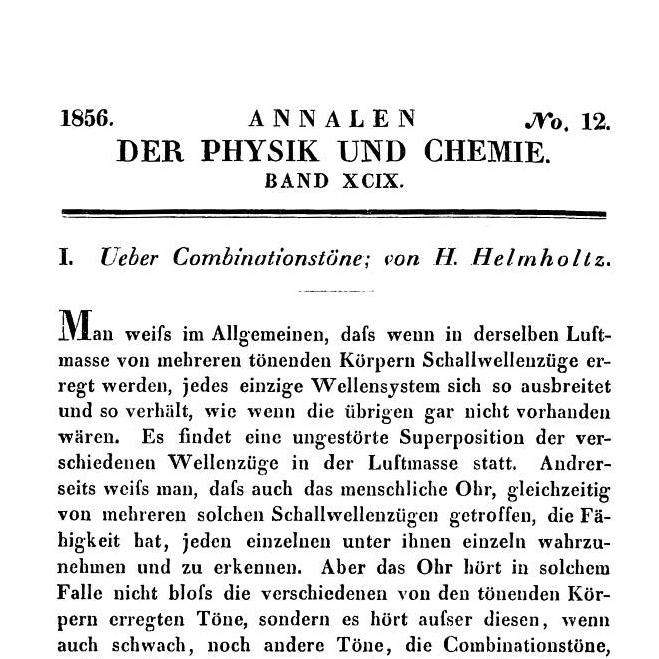People
Hermann von Helmholtz
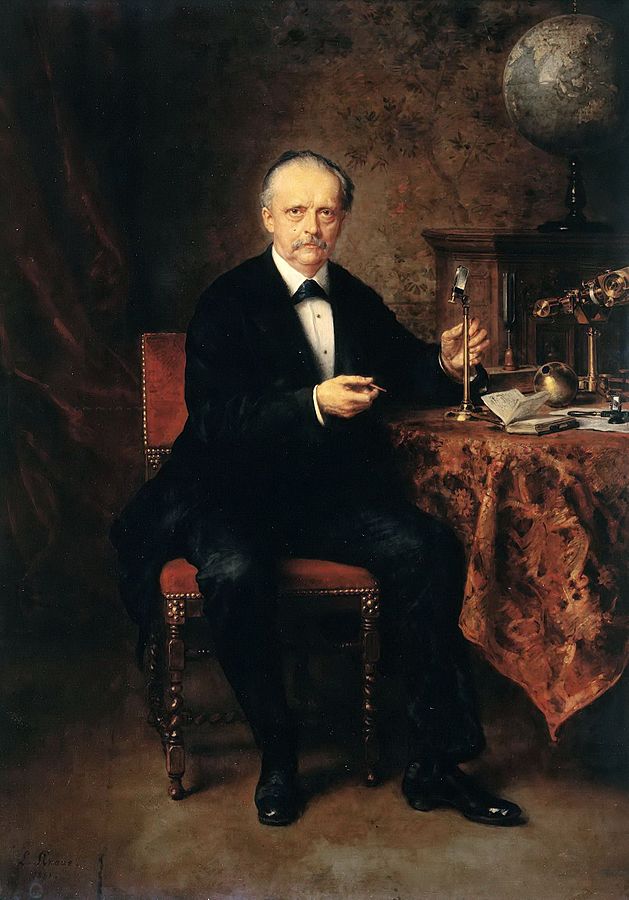
Objects in the Database
Hermann von Helmholtz
Hermann Ludwig Ferdinand Helmholtz, later von Helmholtz, was born in Potsdam in 1821, the son of Caroline Penne and high school principal August Ferdinand Julius Helmholtz. He became interested in natural science at a young age, but followed his father’s wishes and studied medicine at the Berlin military academy. He graduated in 1842. During his obligatory military service, he worked as a medical officer, until Alexander von Humboldt recommended him for a post teaching anatomy at the Berlin Academy of Art (Berliner Kunstakademie). In 1849, Helmholtz accepted a professorship in physiology at the University of Königsberg, then an appointment at the University of Bonn in 1855. He stayed in Bonn for only three years before moving to Heidelberg, where Wilhelm Wundt became his assistant. In 1871, the year of the unification of Germany with Berlin as its capital, Helmholtz was appointed professor of physics at the University of Berlin (today’s Humboldt-Universität). With Werner von Siemens, he founded the still existing National Metrology Institute of Germany (Physikalisch-Technische Reichsanstalt) in 1887. It was the first research institute separate from the universities, and is regarded as the predecessor of today’s Helmholtz Association of German Research Centres.
Helmholtz’s interests were wide-ranging. His research connected medicine, physics, and mathematics with psychology, music, and philosophy. Especially important for subsequent generations was his treatise on the conservation of energy (“Über die Erhaltung der Kraft,” 1847) and his research on hydrodynamics, electrodynamics, and thermodynamics. He is seen as a pioneer of meteorology and invented several instruments, such as the ophthalmoscope, the telestereoscope, and the Helmholtz coil.
In acoustics, he contributed the theory of air velocity in open tubes and the resonance theory of hearing, and invented the Helmholtz resonator, which can be used to filter and amplify certain frequencies from a complex sound. His work Die Lehre von den Tonempfindungen (1863) is a foundational work in acoustics. The English translation by Alexander J. Ellis, On the Sensations of Tone, was published in 1875.
In 1871, Helmholtz became a member of the Academy of Sciences (Akademie der Wissenschaften) in Berlin. He died in Charlottenburg, near Berlin, on September 8, 1894, at the age of 74.
Sources:
- The Helmholtz Society’s homepage
- Short biography of Helmholtz by the Helmholtz Zentrum Berlin
- Short biography of Helmholtz by Helmholtz Zentrum Dresden Rossendorf
- Moritz, Werner: “Heidelberger Naturwissenschaftler im 19. Jahrhundert.”Homepage of University of Heidelberg
- Rusinek, Bernd: “‘H‘ wie Hermann von Helmholtz (1821 – 1894).” Blog post. Von A bis Z. Jülich Blog. September 6, 2016.
- Steege, Benjamin: Helmholtz and the Modern Listener. Cambridge: Cambridge University Press, 2012.
- Ullmann, Dieter: Chladni und die Entwicklung der Akustik von 1750-1860. Basel: Birkhäuser Verlag, 1996.
© 2015 – 2025 Humboldt-Universität zu Berlin

